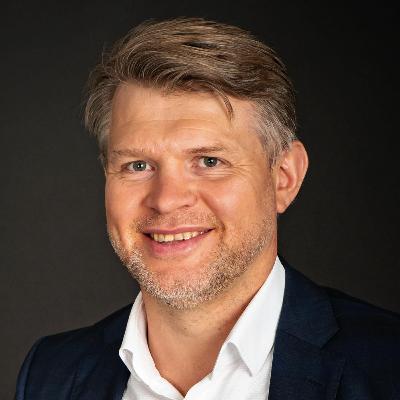Discover Quantcast – a Risk.net Cutting Edge podcast
Quantcast – a Risk.net Cutting Edge podcast

56 Episodes
Reverse
Bloomberg quant discusses his new approach for calculating convexity adjustments for RFR swaps
Quant says high volatility requires pricing and risk management models to be revisited
Academic discusses option pricing, path-dependent volatility and tackling FIFA’s statistical bias
Portfolio manager and academic researcher talks about how his technique applies to LDI portfolios
Industry quant teams up with academics to build better risk tools for FX markets
Julius Baer equity quant revels in solving problems for the trading desk.
Igor Halperin talks with Mauro Cesa
A discussion around alternatives designed to overcome the pitfalls of neural networks.
Chris Kenyon: the right way to wrong-way risk and climate risk in XVA
Marc Henrard – 02/08/22 by Quantcast – a Risk.net Cutting Edge podcast
Gordon Ritter – 24/06/22 by Quantcast – a Risk.net Cutting Edge podcast
Lipton on automated FX market-making and the perils of stablecoins
JP Morgan quant explains the importance of de-trending training datasets
Clearing house is “seriously considering” contributing to own default waterfall
Gordon Lee – 11/02/22 by Quantcast – a Risk.net Cutting Edge podcast
Applied maths professor talks about how to calculate the contributions to value-at-risk
Oxford-Man Institute quant, Stefan Zohren, shows how to use deep learning for forecasting
Antonov on pricing not-so-vanilla rates products – new model makes it easier to coherently price correlated derivatives
Quants achieve more speed by reducing number of dimensions in price calculations
TCA methodologies that ignore partial fills “might be off by 20% to 30%”, says Petter Kolm, professor of finance and director of the Mathematics in Finance master’s program at NYU’s Courant Institute of Mathematical Sciences




















